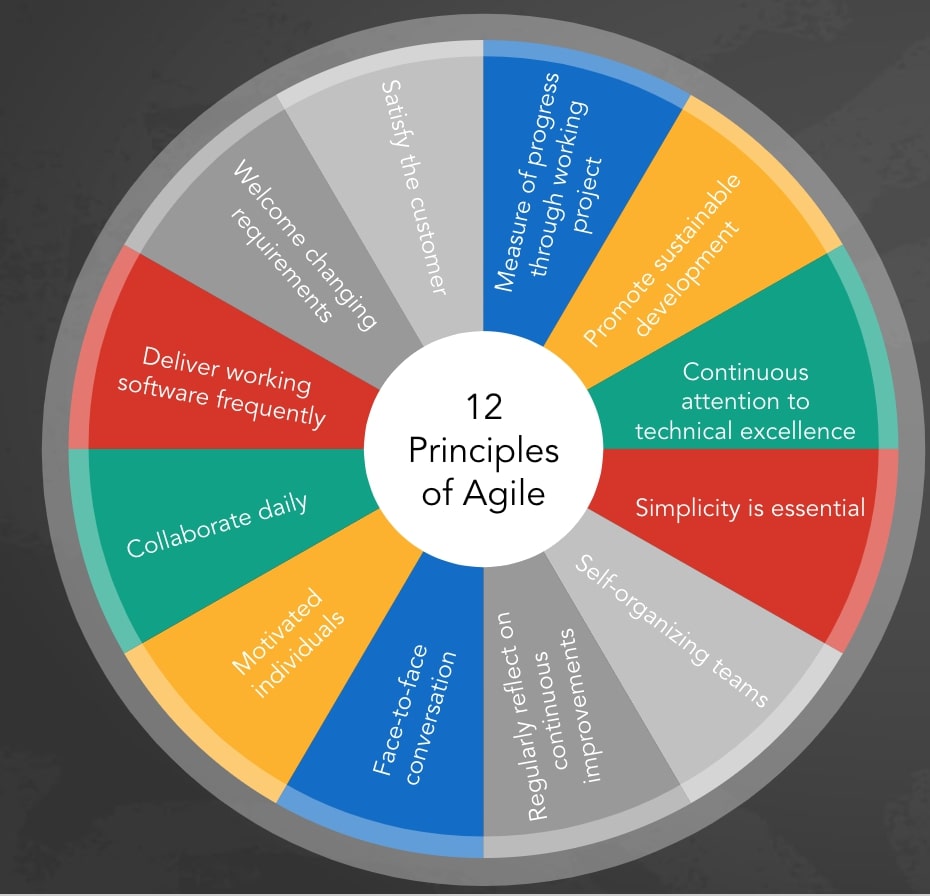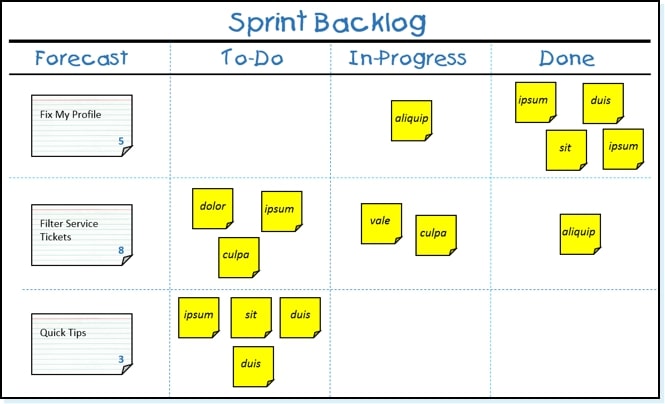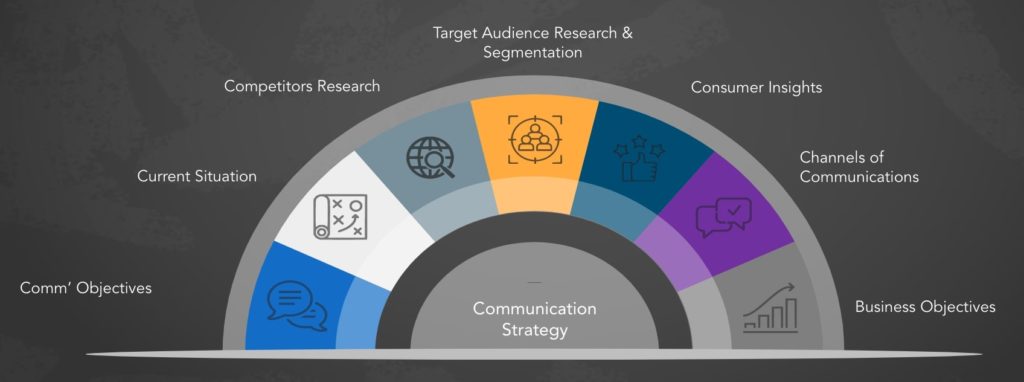Do you want to learn about scaling agile in a large organization? If so, this is the article for you.
Agile frameworks, like Scrum and kanban, have proven successful for software development teams and small software companies. Agile teams deliver large and complex solutions in a short time without compromising quality. They are more responsive to change than traditional waterfall teams.
Implementing agile practices at the individual team level brings numerous advantages. However, implementing them in large organizations is complicated. Several challenges prevent organizations from adopting agile at scale.
To learn more via video, watch below. Otherwise, skip ahead.
Steps to Scale Agile in Large Organization
Scaling agile enables organizations to reap the benefits of agile methods. Following are the key steps you need to adopt agile practices in large organizations:
Lay Out Agile Processes
Whether you’re practicing Agile at a small or large company, there are a series of practices that you incorporate into your management strategy. Being aware of the integral processes in your Agile methodology is the first step in scaling this approach within large companies.
Granted, this does not mean that you must have a detailed account of each step that your team takes during Agile methodology and how you execute it. Instead, it means documenting the standard processes that your team uses so that other Agile teams within your company use it as a template to approach Agile development.

Think of this high-level overview as a minimum viable product (MVP) or working prototype that your team builds on as it grows and takes on more responsibilities.
Then, with that high-level overview, other Agile teams that come along within the organization have a basic guide that frames the way they execute tasks and meet their overall objectives.
Develop a Working Product Backlog
While you are on your journey to agile transformation, creating a working product backlog is vital. A product backlog is a prioritized list of tasks that cross-functional teams need to complete to achieve a goal.

Credits: Scrum.org
The more your company scales, the more complicated it gets for you to manage the backlog in its existing state. In such cases, you must create a high-level master product backlog that accounts for the products within a given portfolio. While each product has its own backlog and product owner to groom and modify it, the master backlog serves to provide a high-level status update of all products.
This helps teams to understand how the progress of their tasks within a backlog compares or affects other products within a portfolio.
Develop a Collaborative Culture
Achieving agile at scale is not possible without developing a collaborative culture. A scaled agile project involves self-organized teams working together to achieve a common goal. You need to break down silos and support a cross-functional team environment for better collaboration.

Project members need to trust each other and be open to new ideas. Team leaders must be in constant communication with each other to provide updates on deliverables, milestones, and any other activity that affect the progress of other teams. They need to feel comfortable communicating and working together towards a common goal. Encourage team members to share their ideas and give constructive feedback to each other.
Minimize Iteration Duration
Keeping the iteration duration short is another crucial step for scaling agile. Iterations are time-boxes in agile development, two or three weeks long. A shorter iteration enables you to get feedback and make changes in a short duration. It also helps you assess the progress made by the team and identify any potential risks.
Longer iterations lead to frustration and cause members to lose motivation. On the other hand, shorter iterations result in incomplete tasks and rushed work. You need to ensure that the project team has sufficient time to complete the tasks assigned to them.
Support Training Courses and Certifications
Training executives, developers, testers, and analysts on agile methods is a vital step for implementing agile at scale. Numerous books and online resources help agile teams learn more about agile methodologies. Training courses are also a great source of information for agile transformation.
Scaled Agile Academy offers certification programs that certify an organization’s commitment to Scaled Agile Framework(SAFe). It trains professionals on the latest agile methodology and helps build an agile mindset. For learning about LeSS, pursue Certified LeSS Practitioner and Certified LeSS for Executives. Several courses are also available for understanding other agile frameworks.

Popular Frameworks for Agile at Scale
Though scaling agile across an entire enterprise is a daunting task, organizations accomplish it by utilizing agile frameworks. Here is an overview of some of the most popular scaling agile frameworks that enable organizations to create transparency, decentralize the decision-making process, improve their software development process, and achieve business objectives.
Scaled Agile Framework (SAFe)
The Scaled Agile Framework (SAFe) is one of the top agile scaling frameworks that provide business agility. It helps organizations address the challenges they face while managing multiple agile teams. SAFe also provides guidelines for implementing agile practices across the enterprise. The most significant advantage of SAFe is that it integrates lean product development, agile software development, and system thinking.
SAFe divides the work into four levels: team, program, large solution, and portfolio.
Team Level
The team level comprises operations, tasks, and procedures that agile teams use in a company. The program level focuses on collaboration among different teams working on a joint project. The product owners, Scrum masters, and additional members of the agile team all participate in this level.
Program Level
The program level speeds up the Agile Release Train (ART) and promotes the continuous delivery of value. It involves System and DevOps teams. The system team works on the non-functional requirements and creates a working environment for development purposes. The DevOps team streamlines the process of code development and deployment. They also support test automation and infrastructure.
Large Solution Level
Organizations that comprise 150 or more people take advantage of the large solution level. Here, the SAFe framework coordinates the efforts of different ARTs and a Solution Train Engineer.
Portfolio Level
The portfolio level is about delivering your organization’s core competencies and achieving business objectives. It involves program portfolio management, enterprise architecture, and epic owners.
Large-Scale Scrum (LeSS)
LeSS is a framework for scaling agile across the enterprise. It is based on the notion that the scaling framework must include fewer rules, roles, and artifacts. The main objective of LeSS is to help organizations deliver more value by scaling agile practices.
LeSS focus on transparency, empirical process control, system thinking, and lean thinking. It allows organizations to improve their product development process by providing them with a clear understanding of the work they need to do. It enables companies to deliver customer-centric values to stay ahead in the competitive market.
Disciplined Agile (DA)
Disciplined Agile (DA) is one of the popular agile methods and focuses on product delivery. It is a learning-oriented framework that helps organizations to offer better solutions. DA is a hybrid framework that combines the best of Scrum and kanban.
The toolkit of DA includes the tools of various other agile methods, like Scrum, Lean, XP, kanban, etc. DA (Disciplined Agile) also provides guidelines for scaling agile across the enterprise. The framework is flexible, and organizations customize it as per its needs.
Scrum@Scale (S@S)
This framework is an extension of Scrum. It is implemented in companies practicing Scrum at the team level and want to scale it up for the enterprise level. Scrum@Scale involves everyone as part of an interchangeable Scrum team. The framework provides guidelines on how to scale Scrum for large organizations. It also offers certificates and training for organizations that want to implement Scrum at scale.
Scrum@Scale prevents the introduction of complexities with additional teams. It also helps address several challenges, like delivering high-quality software in a particular duration, prioritizing operations with limited resources, and adapting to change.
Principles of Scaling Agile
Organizations need to consider seven agile principles at the enterprise level. Growing a business and staying competitive is almost impossible without them. Let’s learn about them.
- Customer-centric organization and development
- Implement systems thinking
- Determine roles and structural change within an organization
- Agile maturity assessment
- Create milestones based on feedback
- Continuous improvement of processes
- Decentralize decision-making
Scaling Agile: Key Takeaways
Though scaling agile requires a lot of effort and time, the process is worth it. It helps organizations to improve their product development process and offer better solutions.
To implement agile practices in your growing organization, you need to understand agile scaling frameworks. You must also assess the maturity level of your organization and decide which framework is suitable for it.
Comprehensive knowledge of various agile methods is crucial to choosing the right one for your company. So, take some time to study the various frameworks and then select the most appropriate one for your enterprise.
